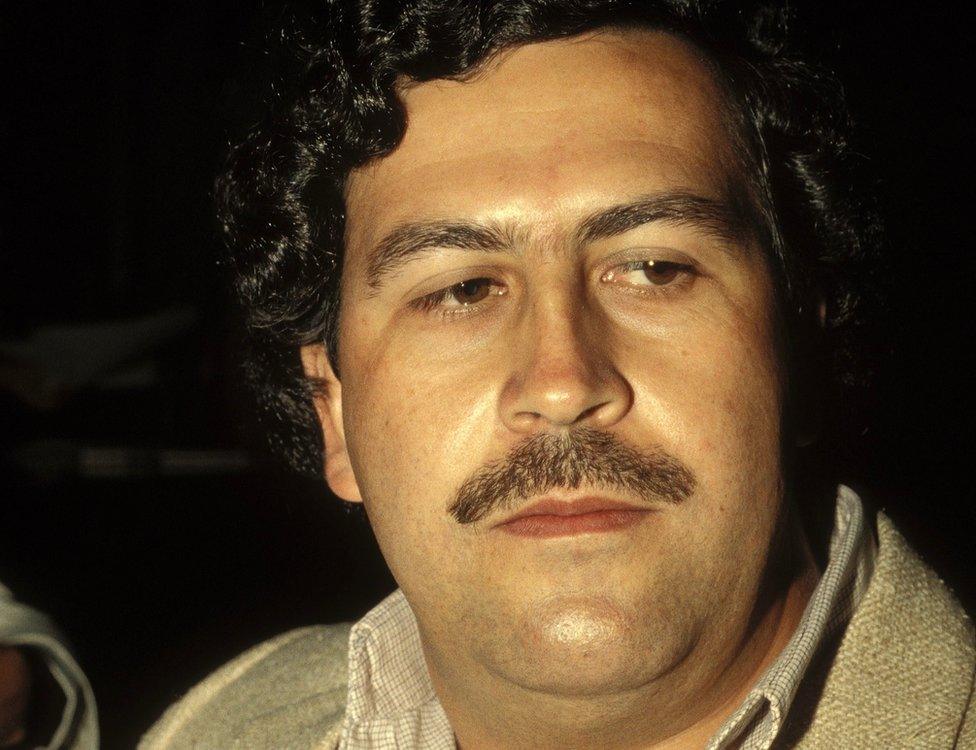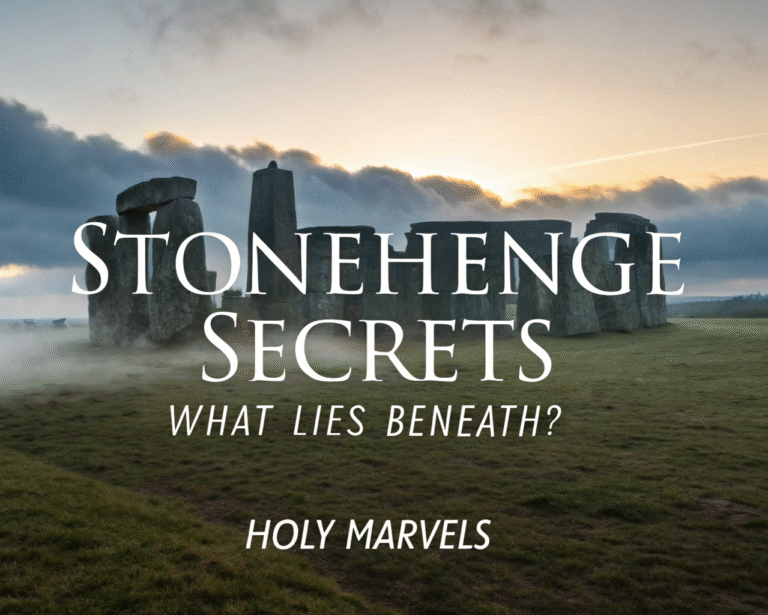History of Pablo Escobar
Early Life (1949–1970s)
Pablo Emilio Escobar Gaviria was born on December 1, 1949, in Rionegro, Colombia, and grew up in Medellín. He came from a lower-middle-class family and showed early involvement in petty crime—selling fake high-school diplomas, smuggling electronics, and stealing cars. By the early 1970s, Escobar had entered the world of large-scale smuggling.
Rise of the Medellín Cartel (Late 1970s–1980s)
Around 1976, Escobar formed what would become the Medellín Cartel, a massive drug-trafficking organization. He partnered with other major traffickers such as the Ochoa brothers and Carlos Lehder.
Key facts about his rise:
-
Escobar began importing cocaine from Peru and Bolivia, refining it in Colombia, and shipping it to the United States.
-
By the early 1980s, the Medellín Cartel controlled up to 80% of the global cocaine market.
-
Escobar became one of the richest men in the world, with an estimated net worth of $25–30 billion at his peak.
-
He built an empire based on the principle “plata o plomo” (“silver or lead”), meaning bribe or be killed.
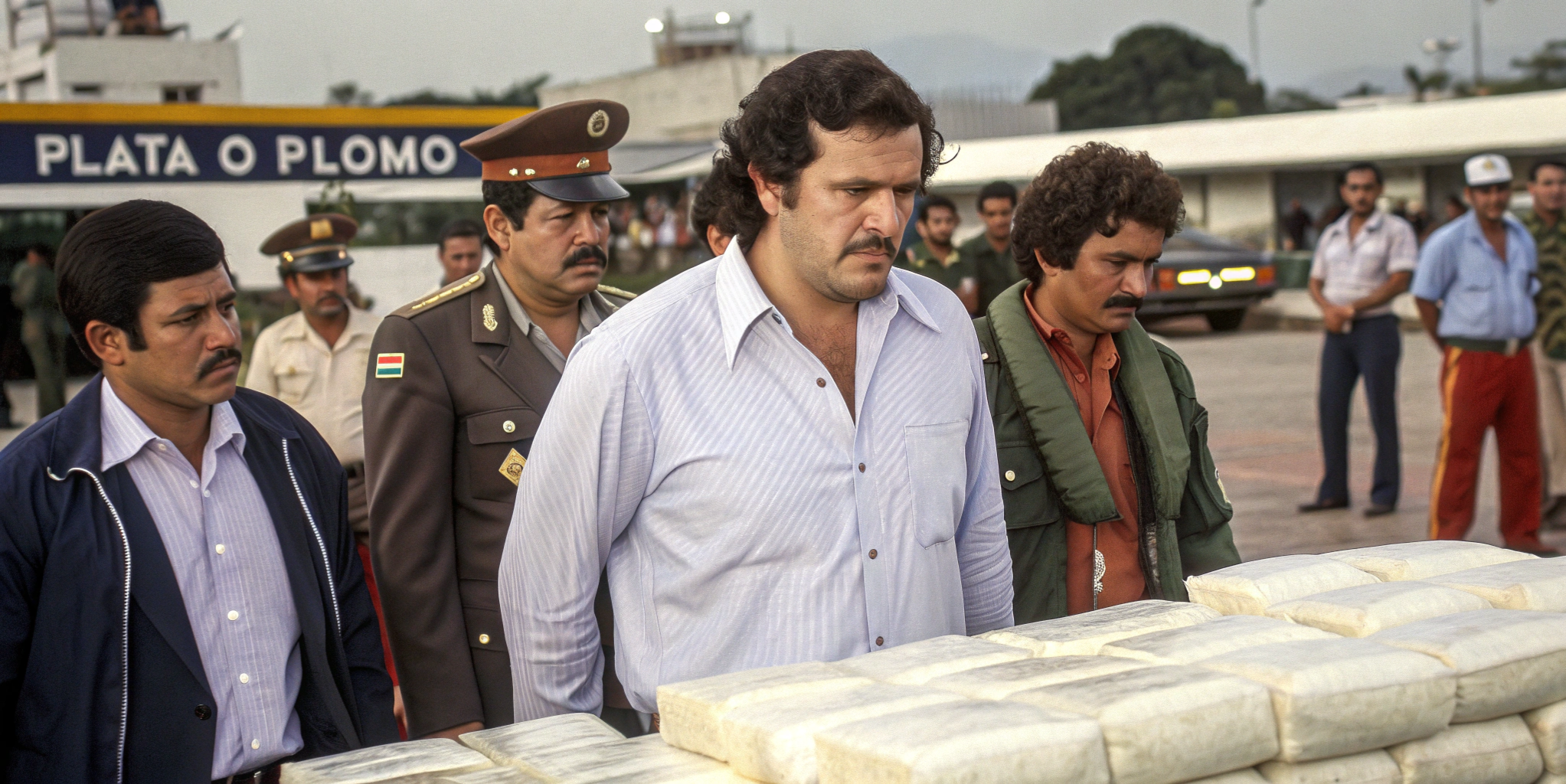
Political Ambitions (1980–1984)
Escobar sought legitimacy through politics:
-
He was elected to the Colombian Congress in 1982 as an alternate member.
-
His wealth and criminal background soon drew scrutiny, and he was expelled from politics.
-
This humiliation intensified his hostility toward the state.
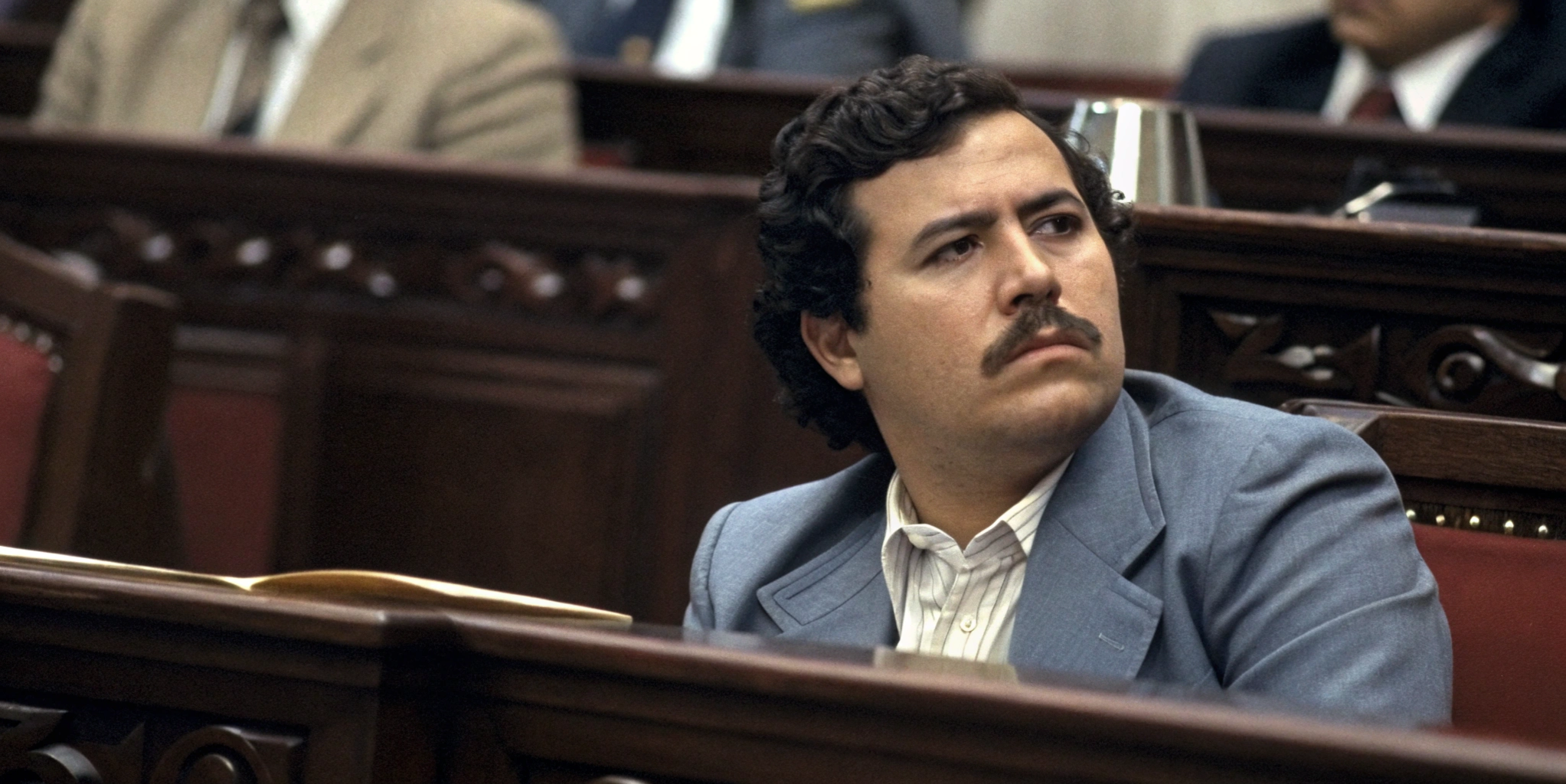
Reign of Violence (Mid-1980s–Early 1990s)
When the Colombian government began cooperating with the United States on extradition, Escobar responded with extreme violence.
Escobar’s violent campaign included:
-
Assassinations of judges, journalists, politicians, and police officers.
-
Bombings, including the 1989 bombing of Avianca Flight 203.
-
Warfare against the state, leading to thousands of deaths.
Escobar’s motto became:
“Prefiero una tumba en Colombia a una cárcel en los Estados Unidos”
(“I prefer a grave in Colombia to a jail in the United States”).
La Catedral Prison (1991–1992)
To avoid extradition, Escobar negotiated a deal:
-
He would surrender on the condition he be imprisoned in a luxury facility he designed, known as La Catedral.
-
The prison had a soccer field, bar, waterfall, and even a nightclub.
-
Escobar continued running the cartel from inside.
When the government discovered he was torturing and killing rivals inside the prison, they attempted to move him. Escobar escaped on July 22, 1992.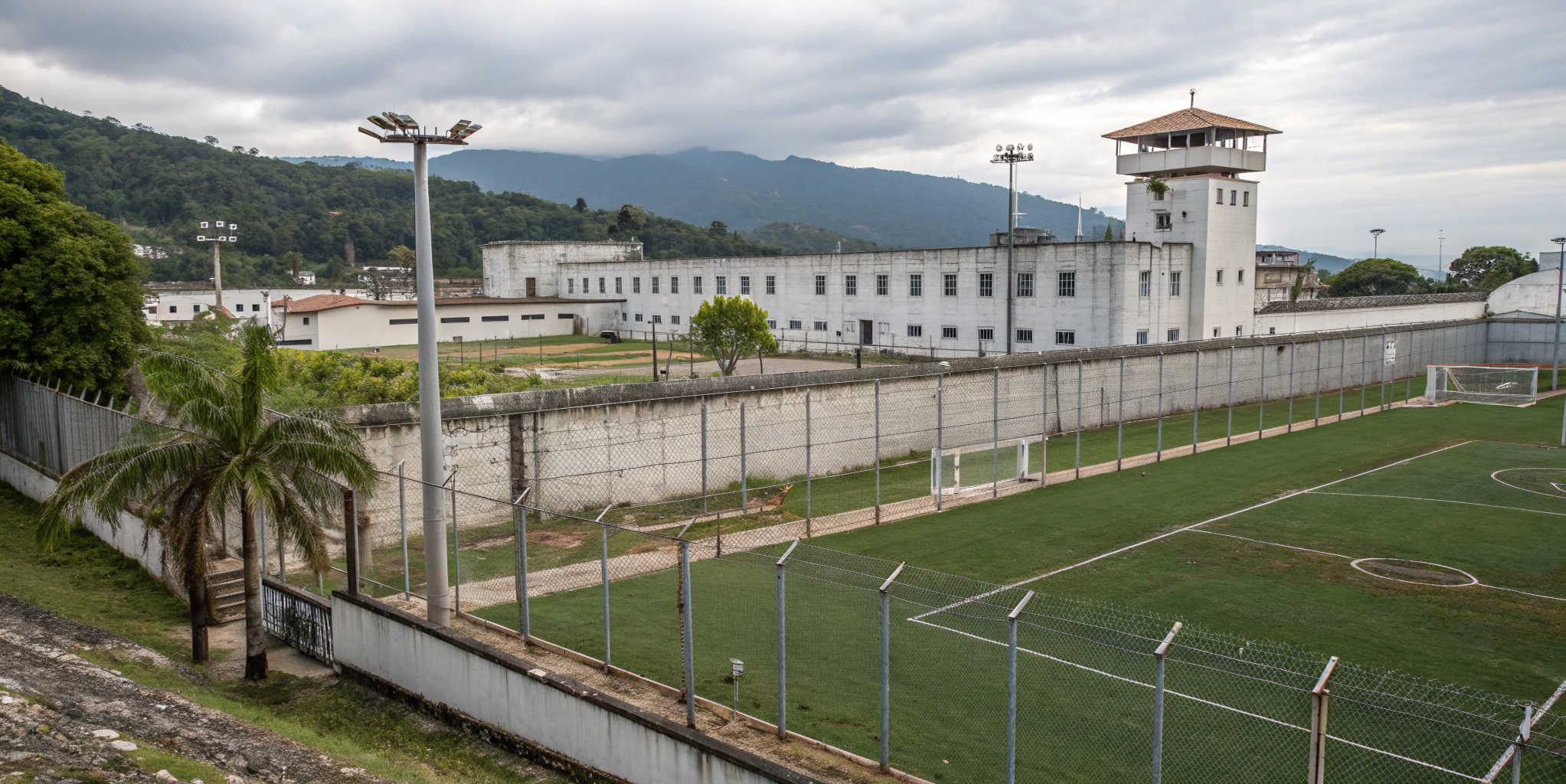
Manhunt and Death (1992–1993)
For over a year, Colombian security forces—supported by U.S. agencies and a vigilante group called Los Pepes—hunted Escobar.
On December 2, 1993, one day after his 44th birthday, he was located in Medellín. During a rooftop chase, Escobar was shot and killed. Whether the fatal shot came from police or was self-inflicted remains debated.
Legacy
Pablo Escobar remains one of history’s most infamous criminals. His legacy includes:
-
Extreme violence that destabilized Colombia.
-
Philanthropy aimed at winning local support (housing projects, soccer fields).
-
Influence on global organized crime.
-
Pop-culture portrayals that both romanticize and condemn his life.
Escobar’s story is a complex mix of wealth, power, bloodshed, and tragedy, shaping Colombia’s modern history.
